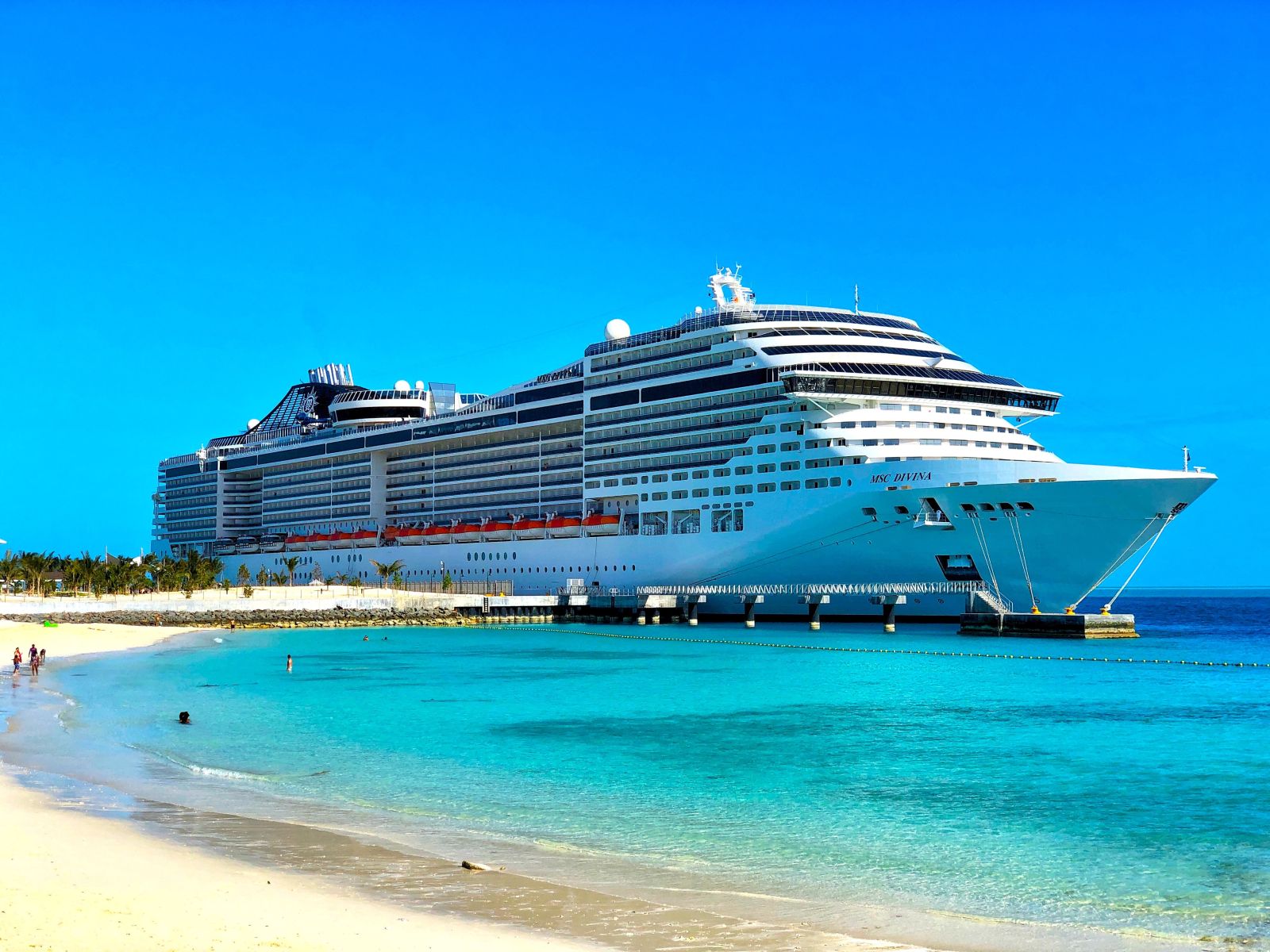
In mid-March, I suggested in a Barchart.com article that the unusual options activity of all three major cruise lines was a sign that Royal Caribbean Cruises (RCL) was a buy.
At the time, I pointed to data from Global Ports Holding, the world’s largest cruise port operator, that suggested good times were ahead for the cruise industry because demand from travelers continues to rise along with a 45% increase in capacity by 2027.
It’s a perfect storm -- in a good way.
The three major cruise operators’ stocks are up an average of 91% over the past year, led by RCL. Since my March article, its stock’s gained 44%.
While these two stats taken together might seem like RCL and the others are ready for a correction, it’s important to understand that their current valuations are reasonable given the state of the industry midway through 2023.
Business is good and likely to get even better.
What’s Happening With the Cruise Industry?
On June 12, the cruise stocks were some of the best performers on the S&P 500 due to expected growth over the remainder of 2023 and into 2024. Analysts are telling their clients that bookings are higher than ever.
Delta (DAL) CEO Ed Bastian recently told Fortune that “revenge travel” remains incredibly strong. He suggested that the unmet demand for travel from the previous three years was upward of $300 billion.
“We went through several years of people not being able to get back out and travel and experience and see loved ones, see their business colleagues, adventures—all the reasons we travel.”
I’m conflicted about the cruise industry: I don’t like that cruise ships remain environmental cesspools, but there’s no denying how attractive they are for large groups and families. There’s no better bang for your buck, in my opinion.
They’re also engineering marvels with billion-dollar-plus price tags that provide RCL, Carnival (CCL), and Norwegian Cruise Line Holdings (NCLH) with significant barriers to entry.
What’s Happening With Royal Caribbean?
As stated in my previous article, RCL’s net debt was 2.5x revenue. That compared to 2.6x for Carnival (CCL) and 2.7x for Norwegian Cruise Line Holdings (NCLH). While Royal Caribbean’s multiple was the lowest, they were all in the same ballpark, suggesting that they were all good buys, or terrible buys, depending on your debt perspective.
I tend to view cruise ships as hotels on water. They have 2,000 or so rooms to let out each night. Every night booked is a small piece of generated revenue to help pay down the massive debt incurred to build these behemoths.
While rising interest rates are scary, banks know these boats are huge ash flow machines. With the industry experiencing record demand, now is not the time to turn off the lending tap. It’s bad enough that banks are facing big problems with commercial real estate. Cruise ships, unlike CRE, aren’t suffering from a severe lack of demand; quite the opposite.
Barchart.com analyst data says the 13 analysts rating RCL stock give it a Moderate Buy (4.31 out of 10) and a mean target price of $89.50, $5 below its current share price. That tells me one of two things are happening here: First, analysts are pricing a recession into their 12-month targets, and second, despite the near-term headwinds, the industry’s long-term prognosis is healthy.
In May, Royal Caribbean reported Q1 2023 results that included a 172% year-over-year revenue increase to $2.89 billion, generating a $272 million operating profit from an $859 million operating loss a year earlier. “We knew that demand for our business was strong and strengthening, but we have been pleasantly surprised with how swiftly demand further accelerated well above historical trends and at higher rates,” said Jason T. Liberty, president and chief executive officer of Royal Caribbean Group.
As a result, it raised its full-year guidance for earnings per share to between $4.40 and $4.80 on the back of a 13.5% increase in capacity over 2019. At the end of the first quarter, its customer deposit balance was a record $5.3 billion.
Based on the midpoint of its EPS estimate, Royal Caribbean expects an adjusted net income of $1.18 billion in 2023. That’s a forward price-to-earnings ratio of 20.2x.
That’s higher than its historical norm. However, it’s important to note that Royal Caribbean’s profitability isn’t back to where it was in 2019 when it earned nearly $2 billion on almost $11 billion in revenue.
If the demand keeps up for the next 12-24 months and it gets its operating margins back to where they were pre-pandemic, $94 will appear very cheap for RCL stock.
Whether you’re looking at RCL, CCL, or NCLH, their stocks have more room to run in the second half of 2023.
On the date of publication, Will Ashworth did not have (either directly or indirectly) positions in any of the securities mentioned in this article. All information and data in this article is solely for informational purposes. For more information please view the Barchart Disclosure Policy here.







